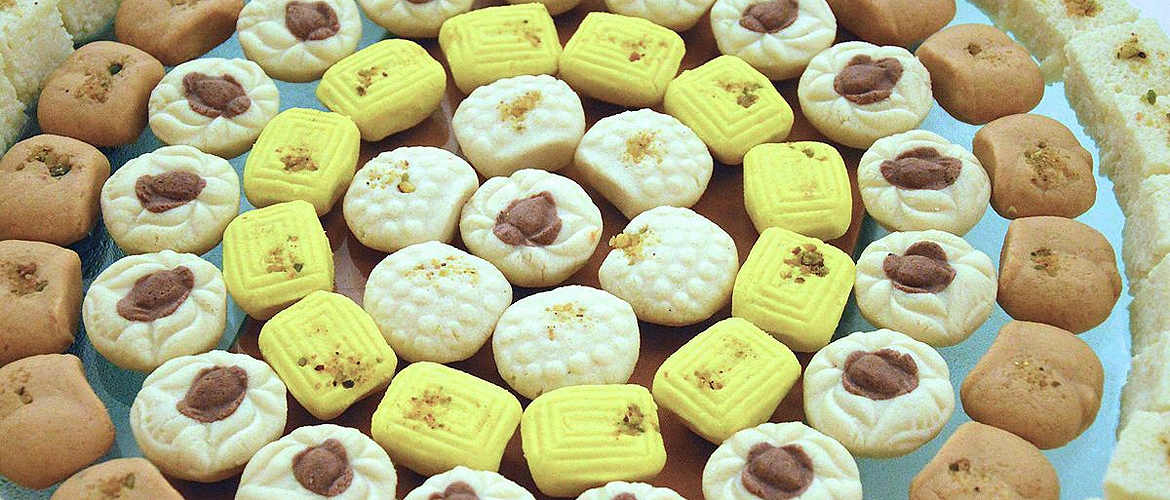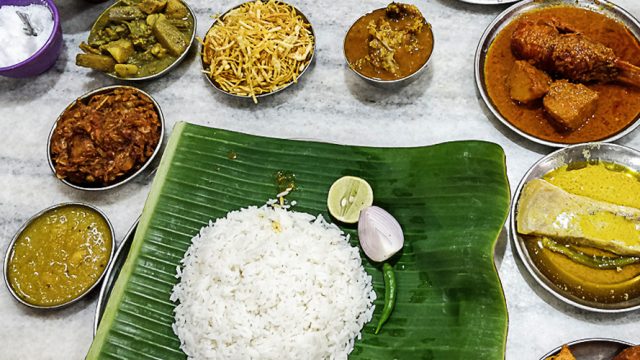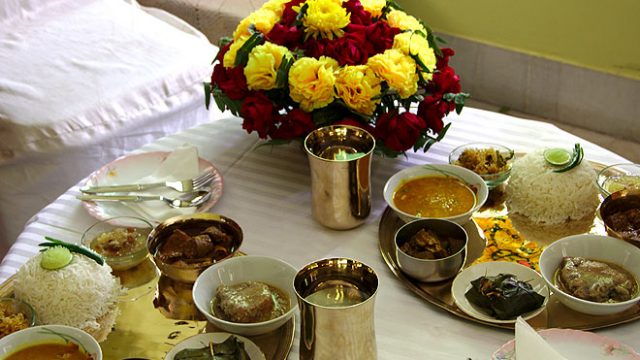Though the Bengali sweet tooth is usually identifed with rosogolla, the sweet is a relatively recent invention,
But the most interesting sweet is ledikeni — cylindrical and fried dark brown, it is named for Lady Canning, the wife of Lord Canning, a 19th century viceroy, on whose birthday it was created by Bhim Nag, a famous confectioner. Famed among more venerable chhena delectables is the famous sandesh (literally ‘news’), fashioned into fruit, flower, shell or fish shapes. However, the poetic names are half the sweetness. For instance, mouchaak or ‘honeycomb’; abar khabo, ‘shall eat again’; the steamed ice-cream sandesh; ‘soul stealing’ praanhora; and ‘sealed-with-a-clove’ lobongolotika.
Bengali sweets
blogs
cuisine




